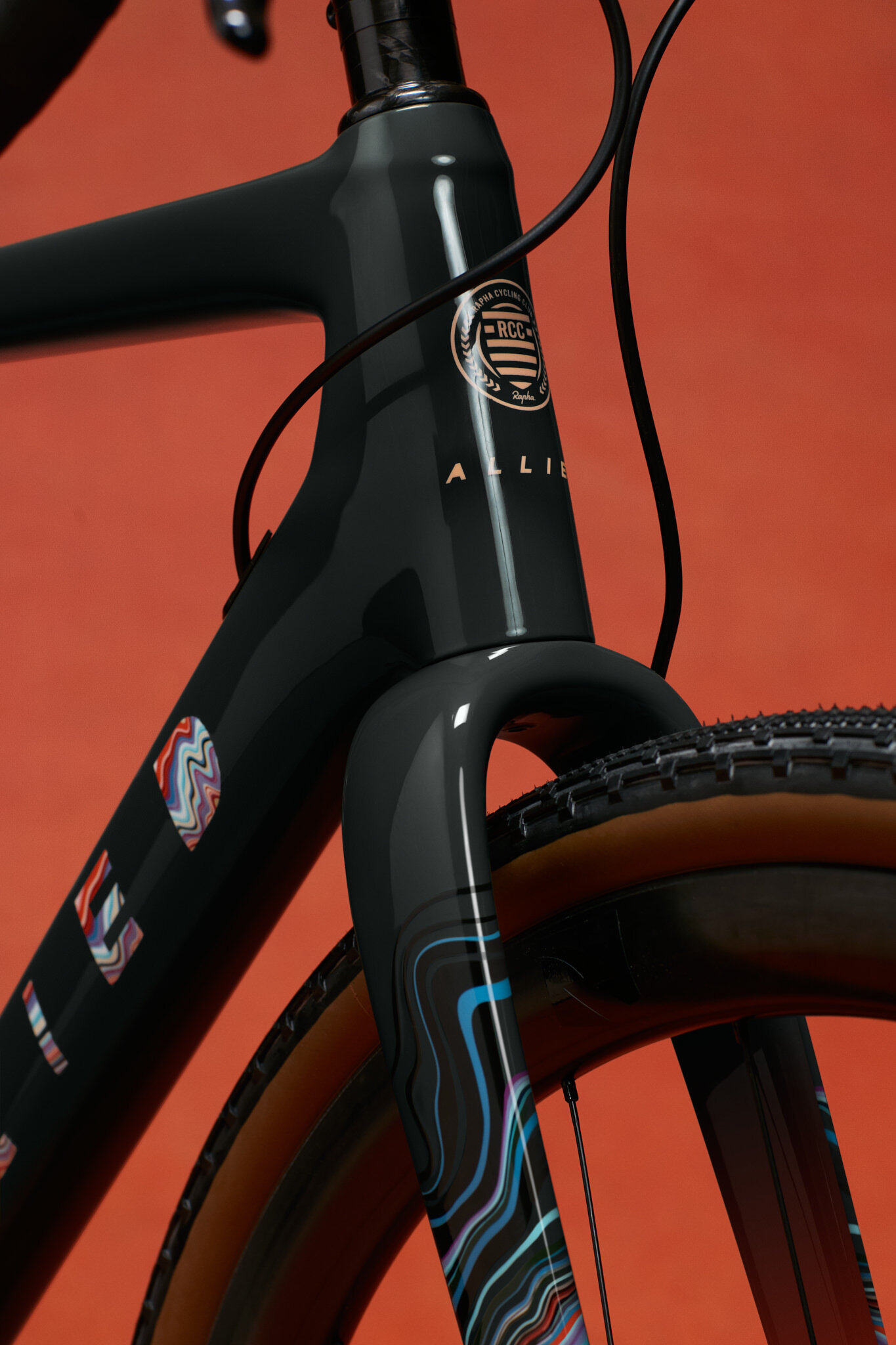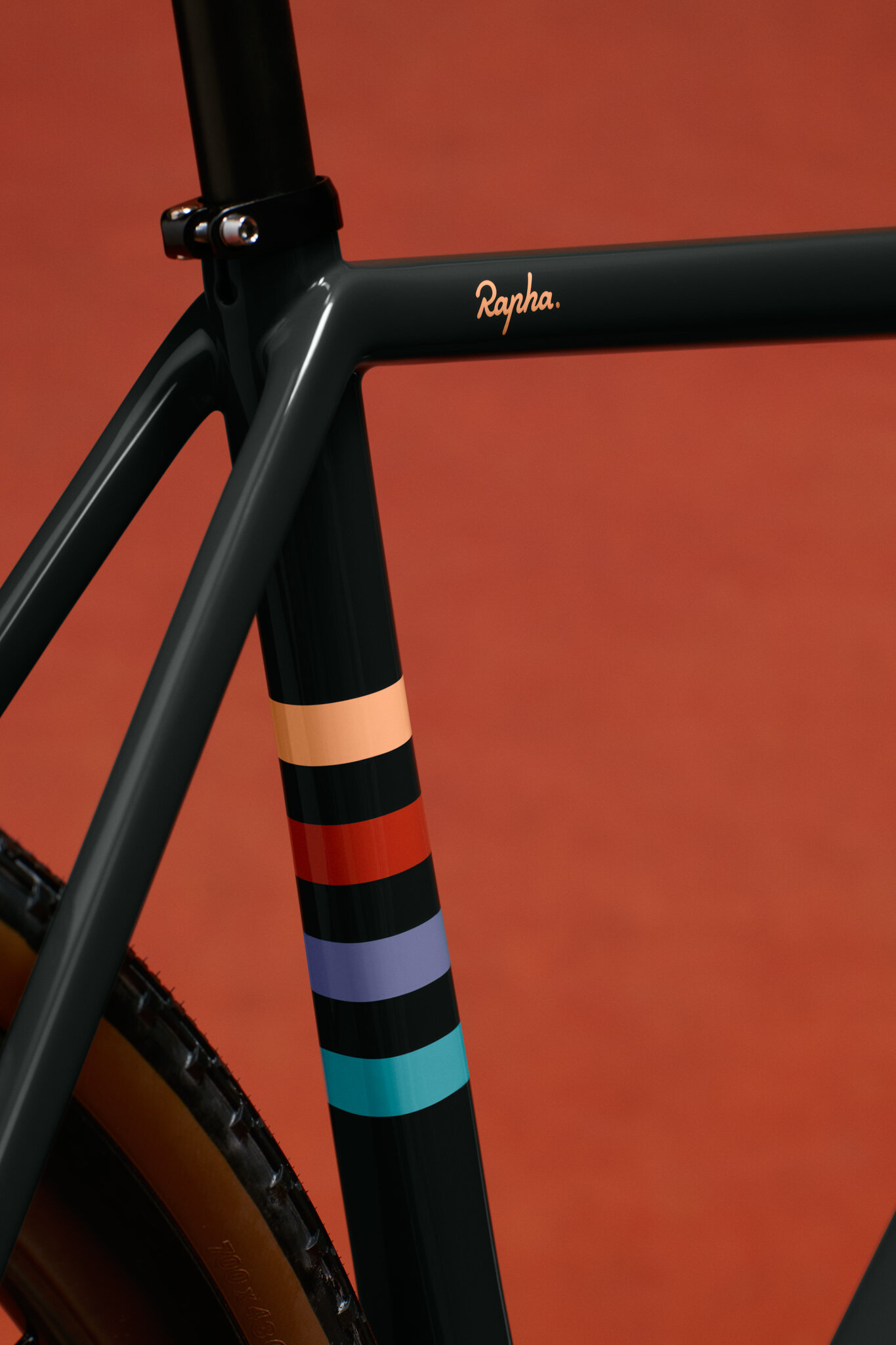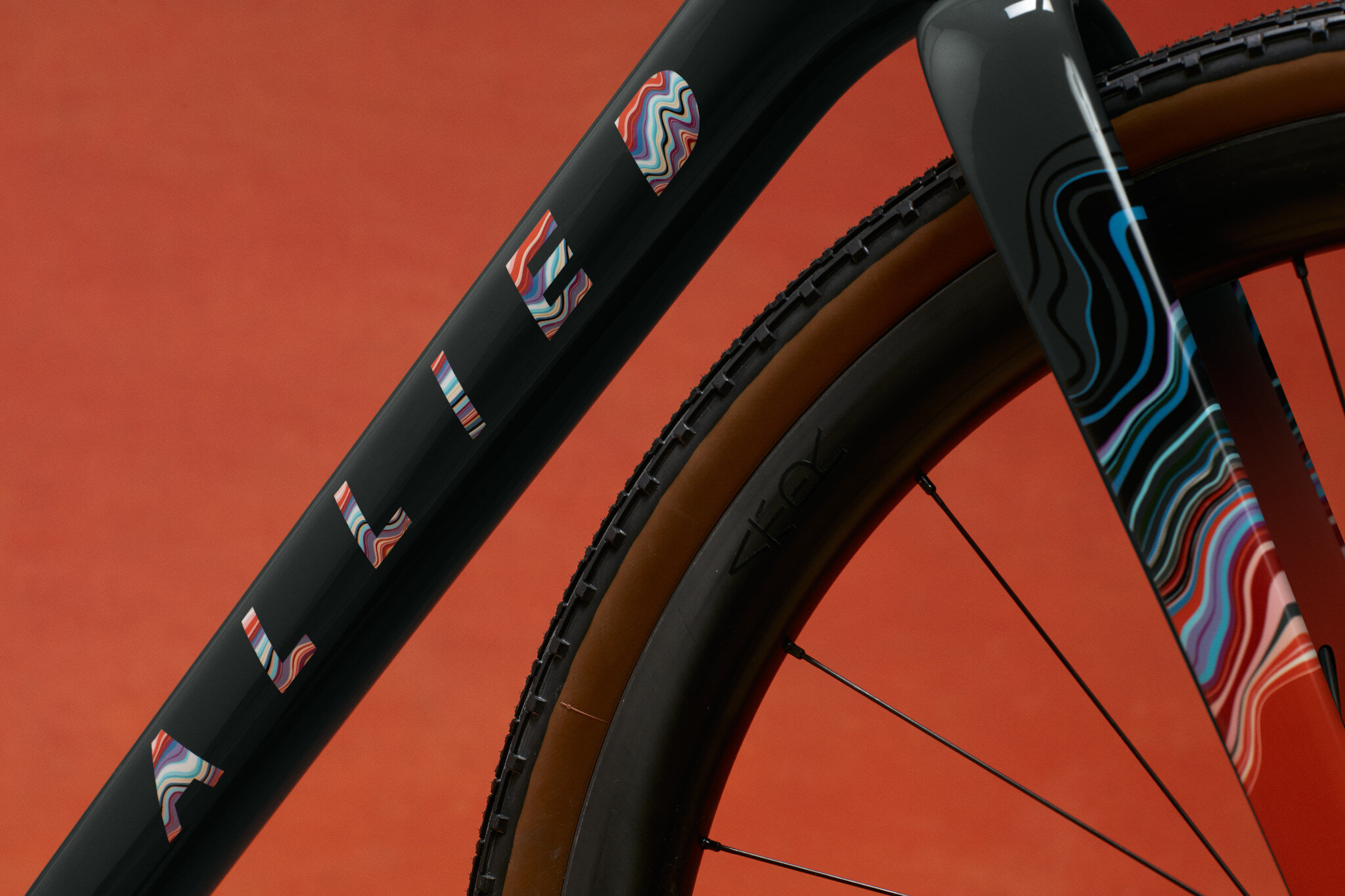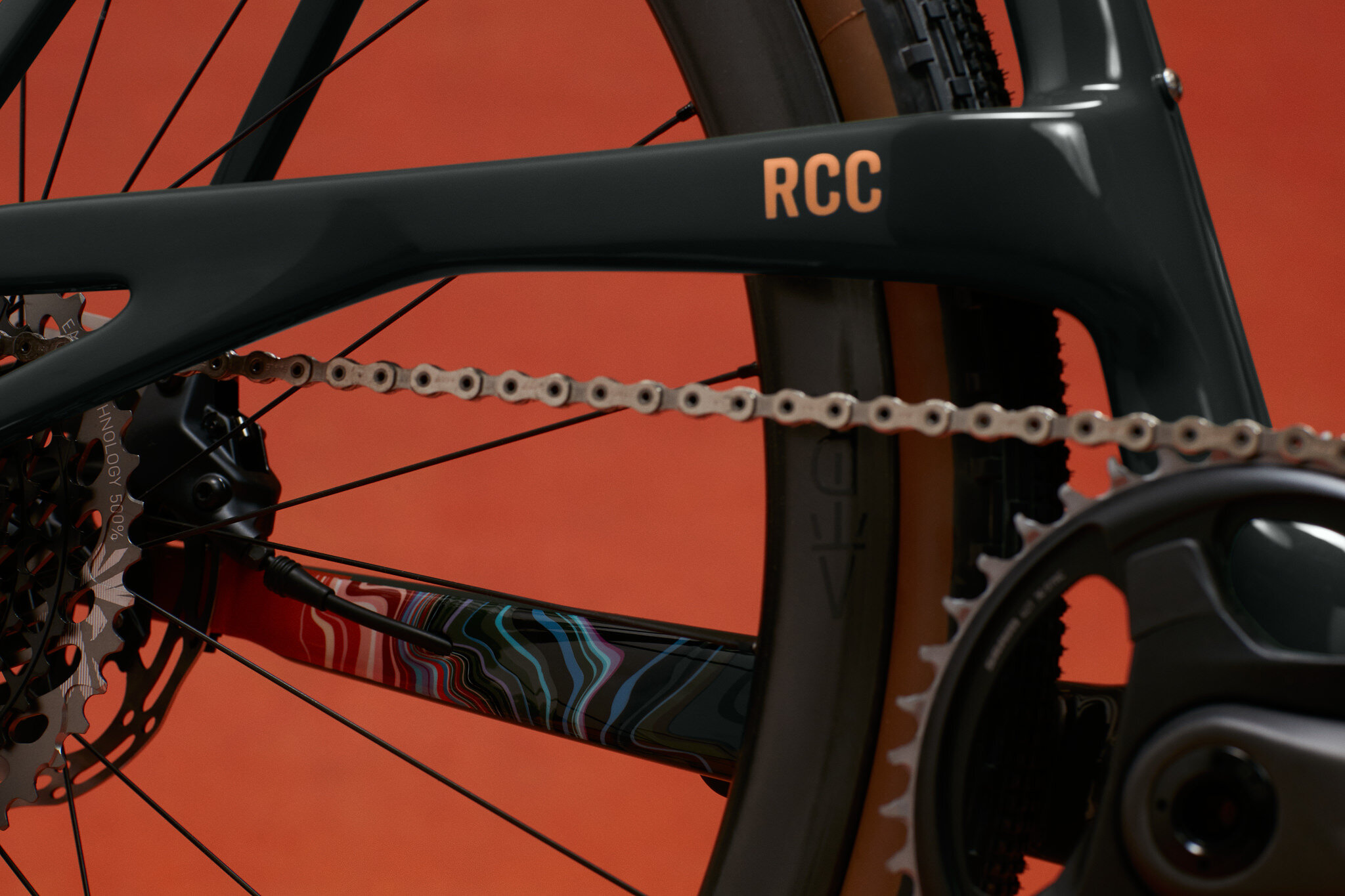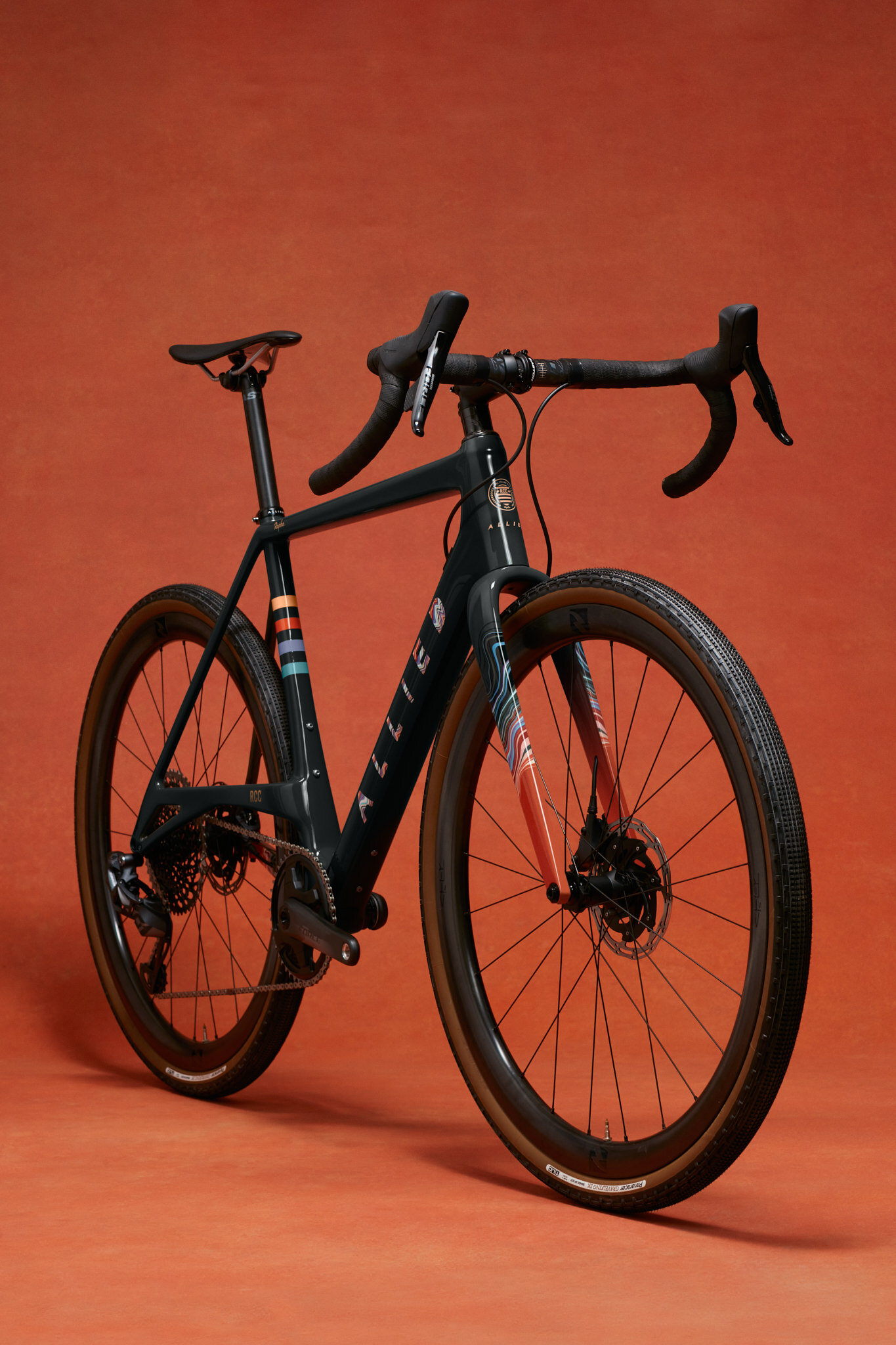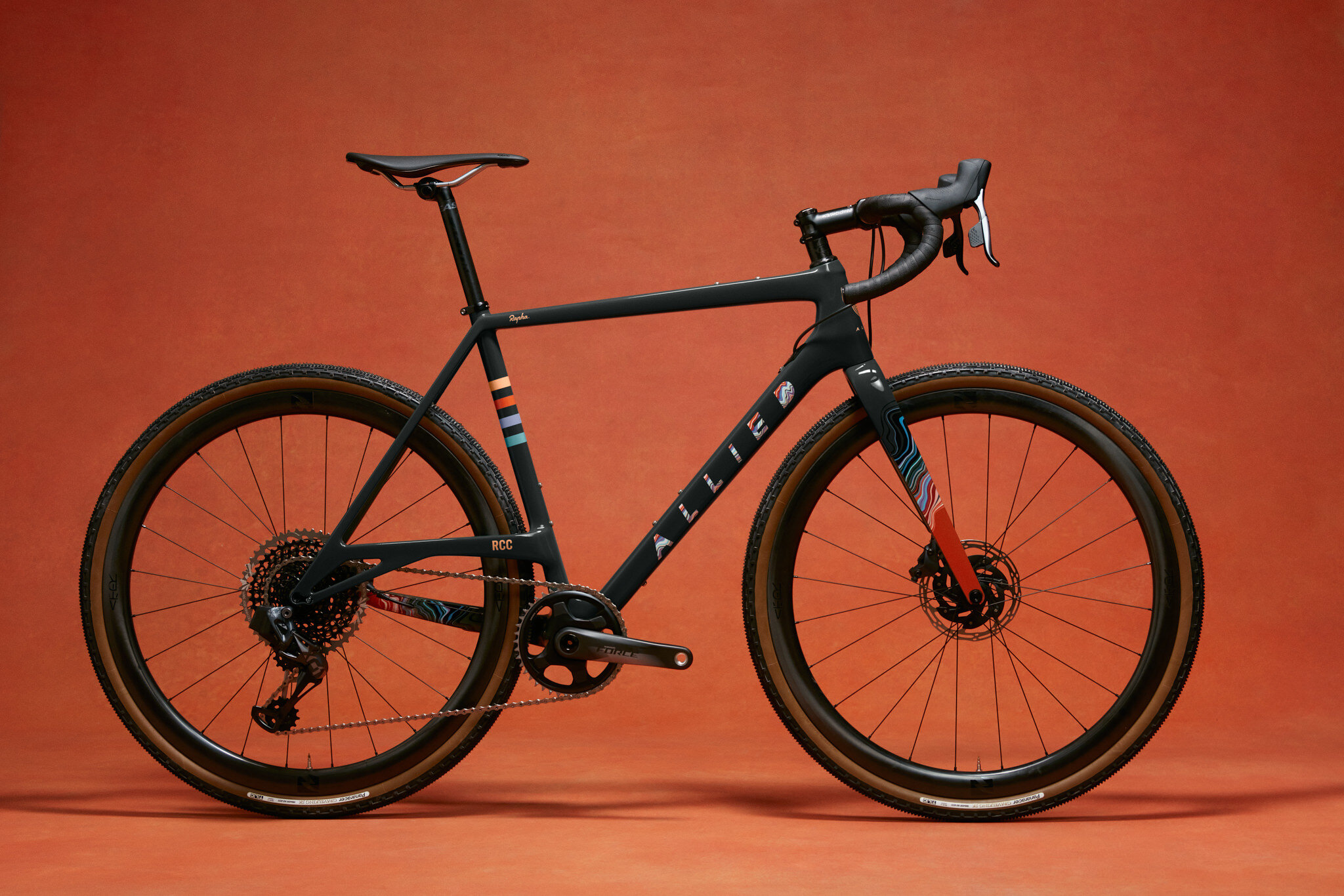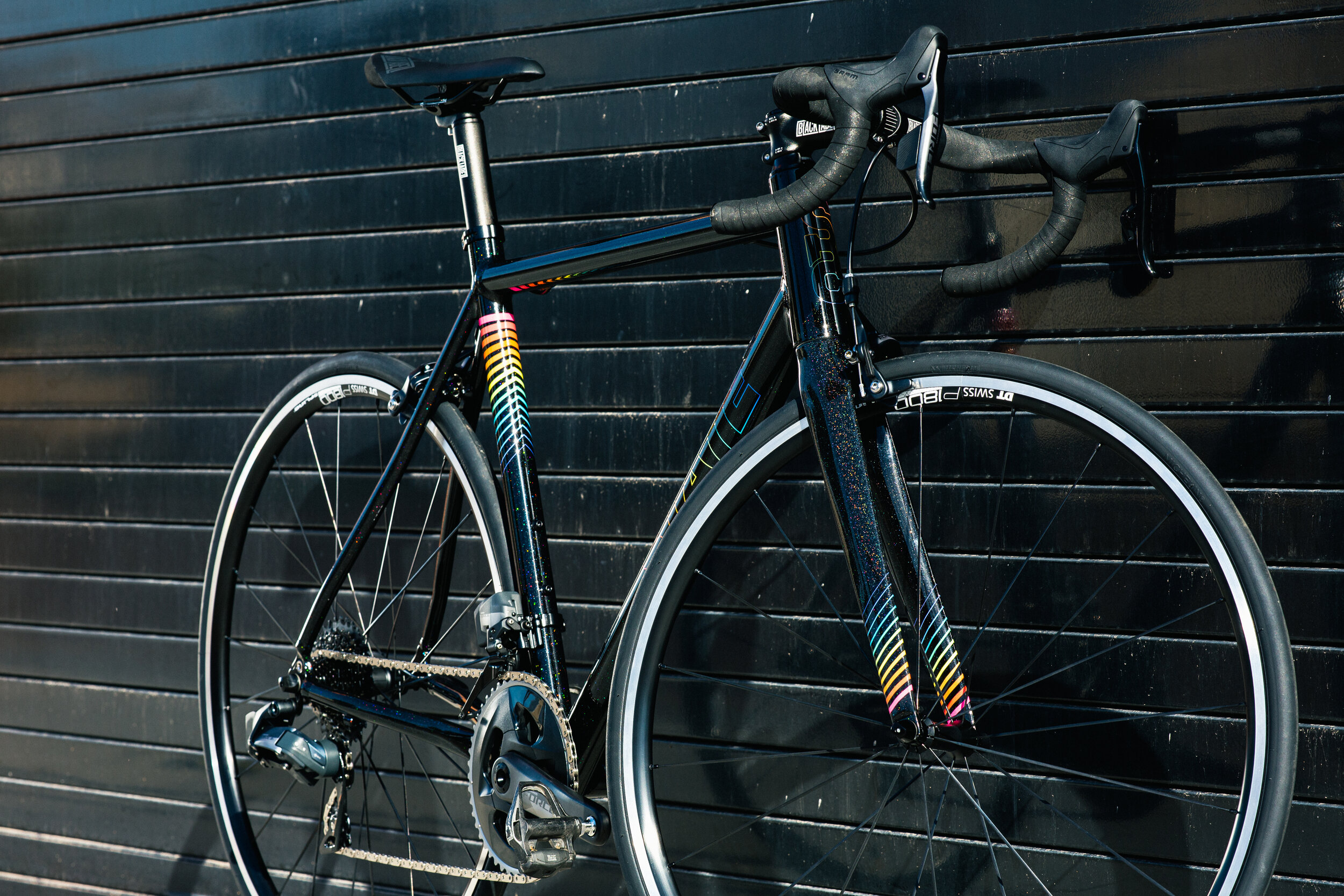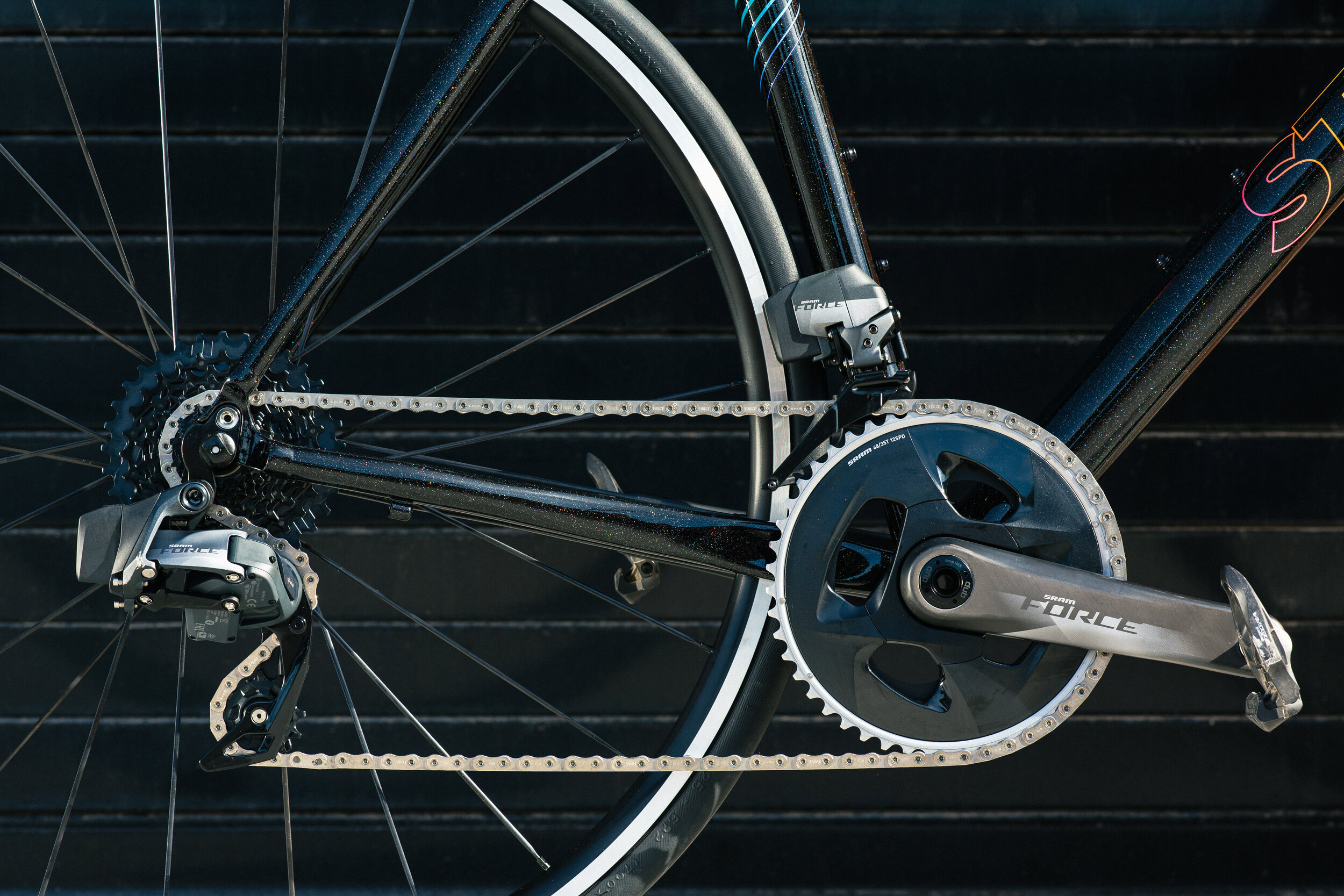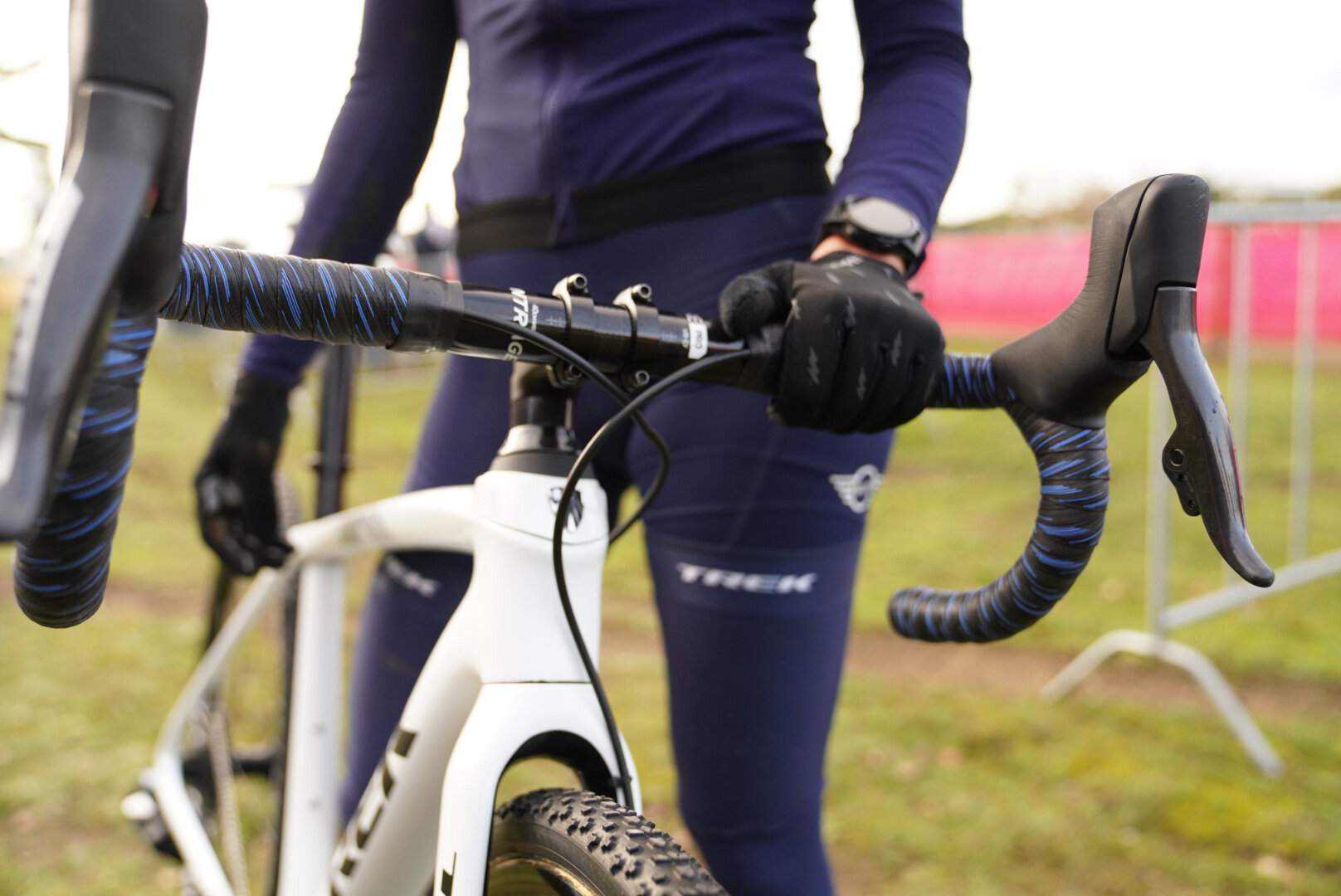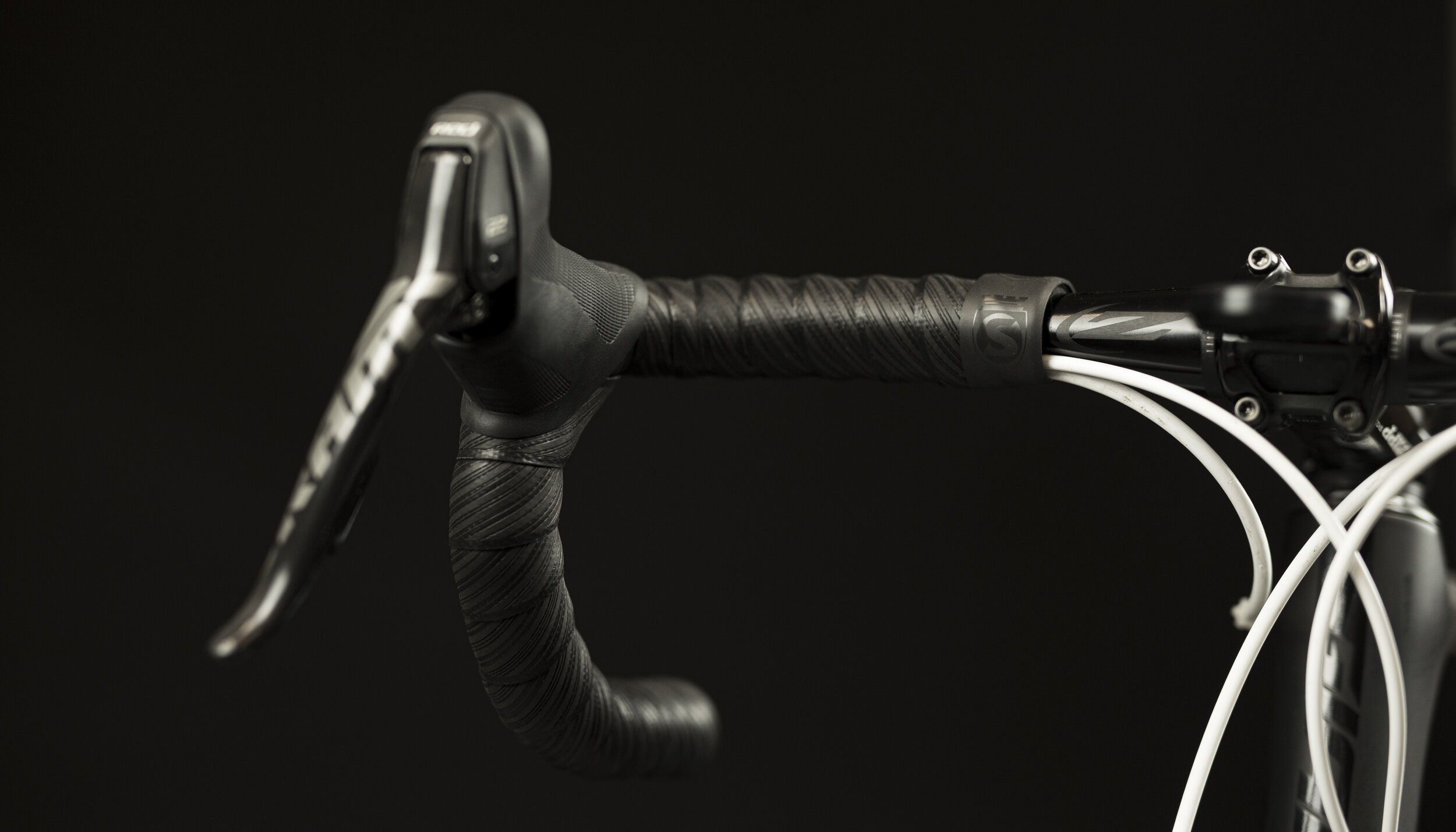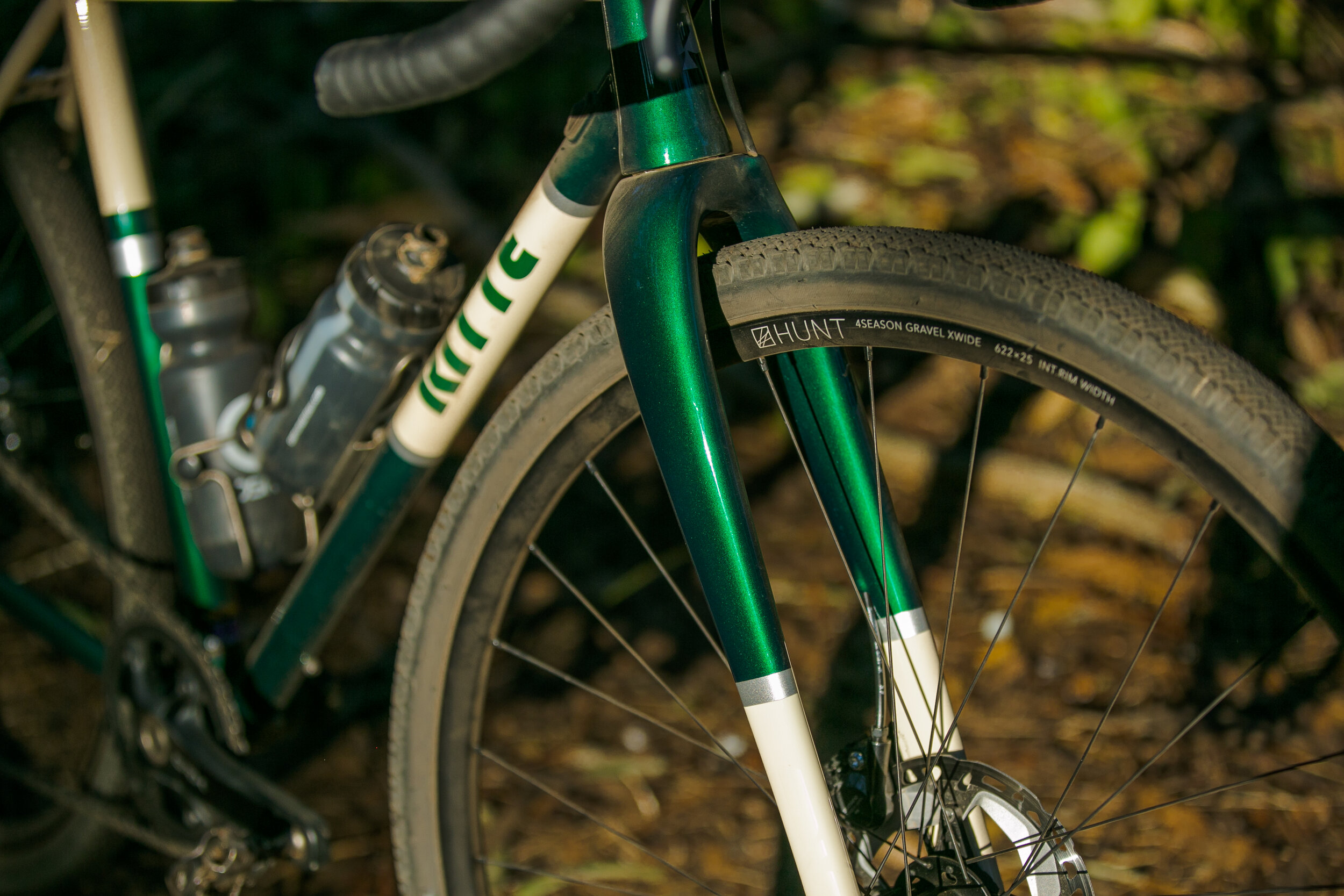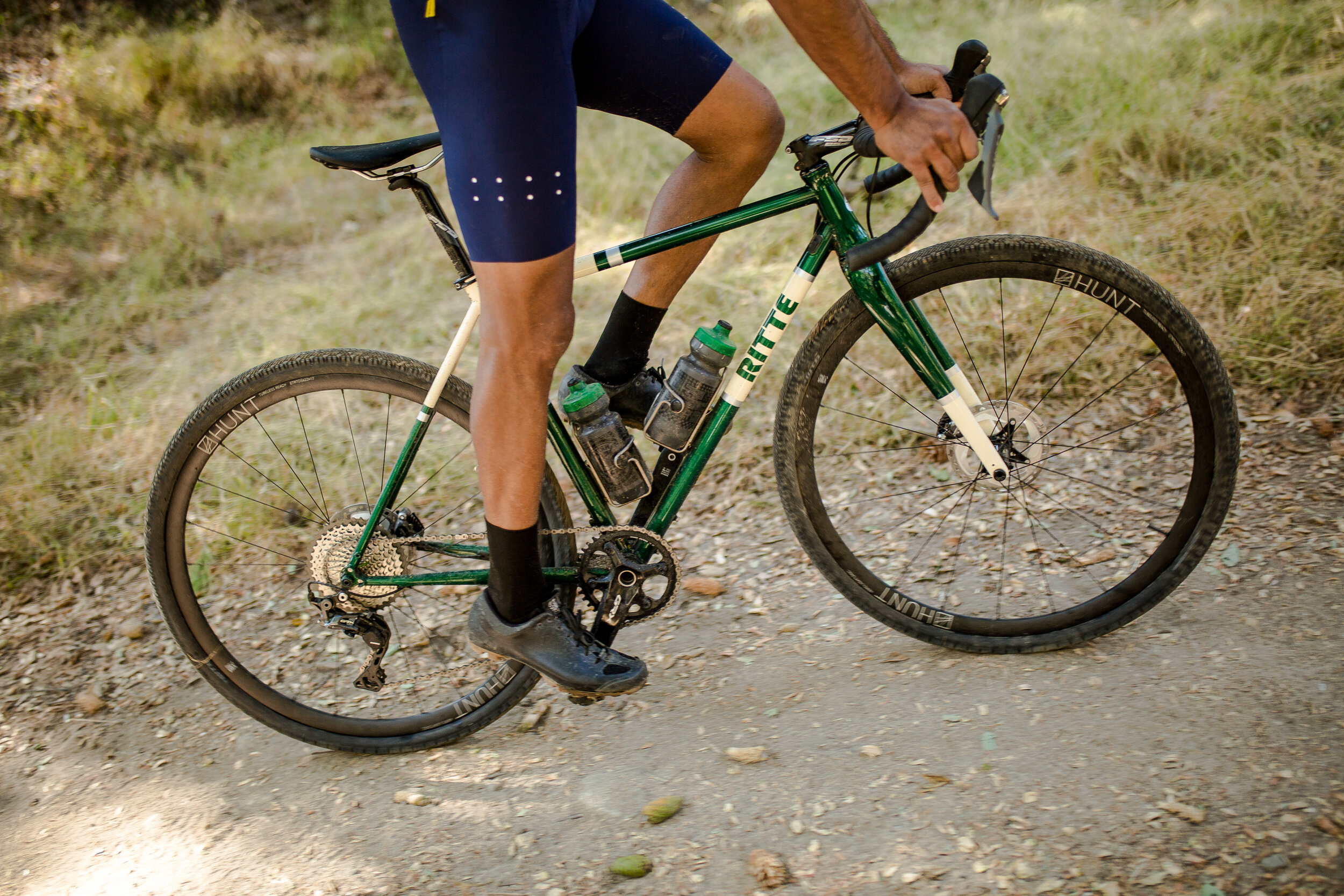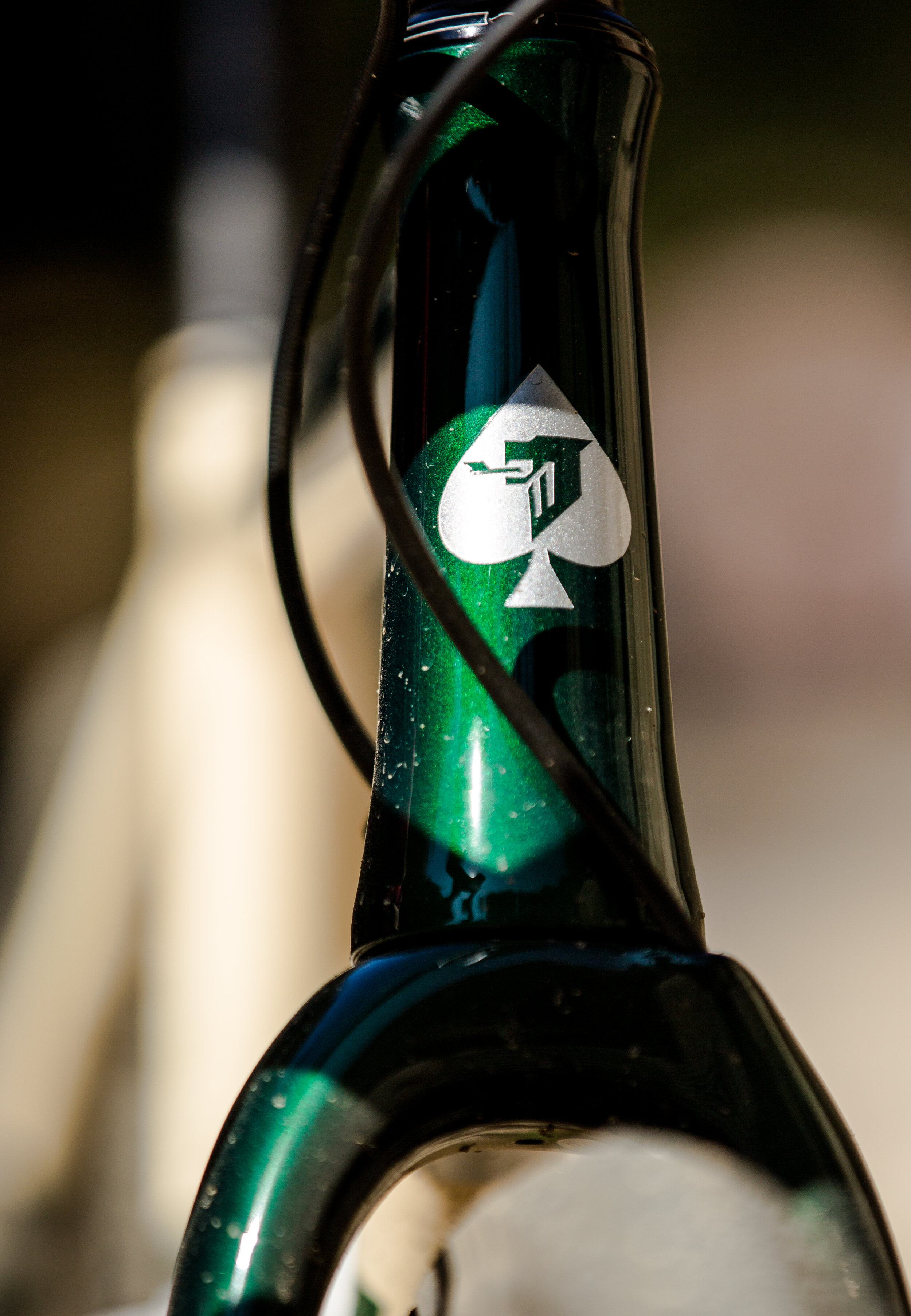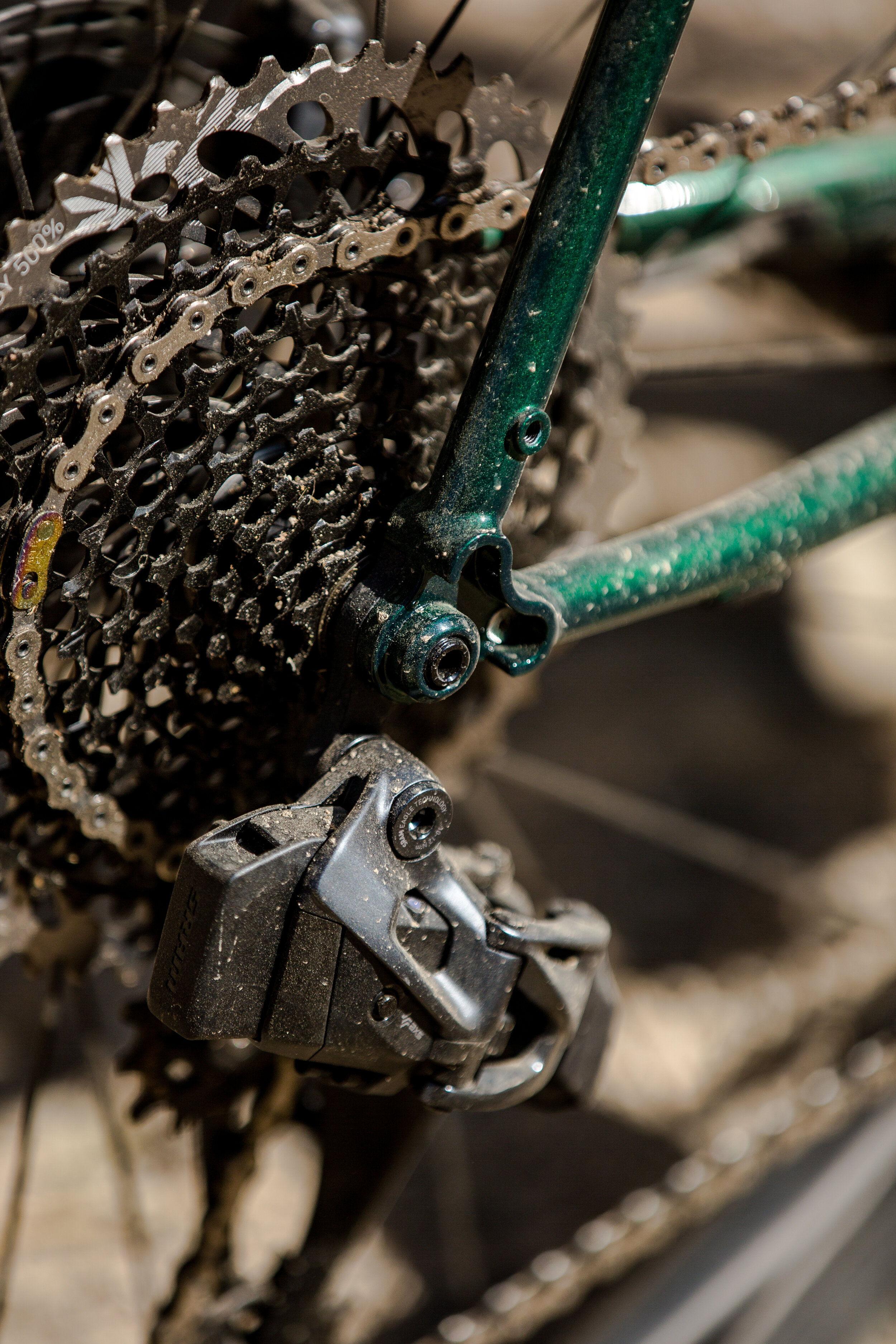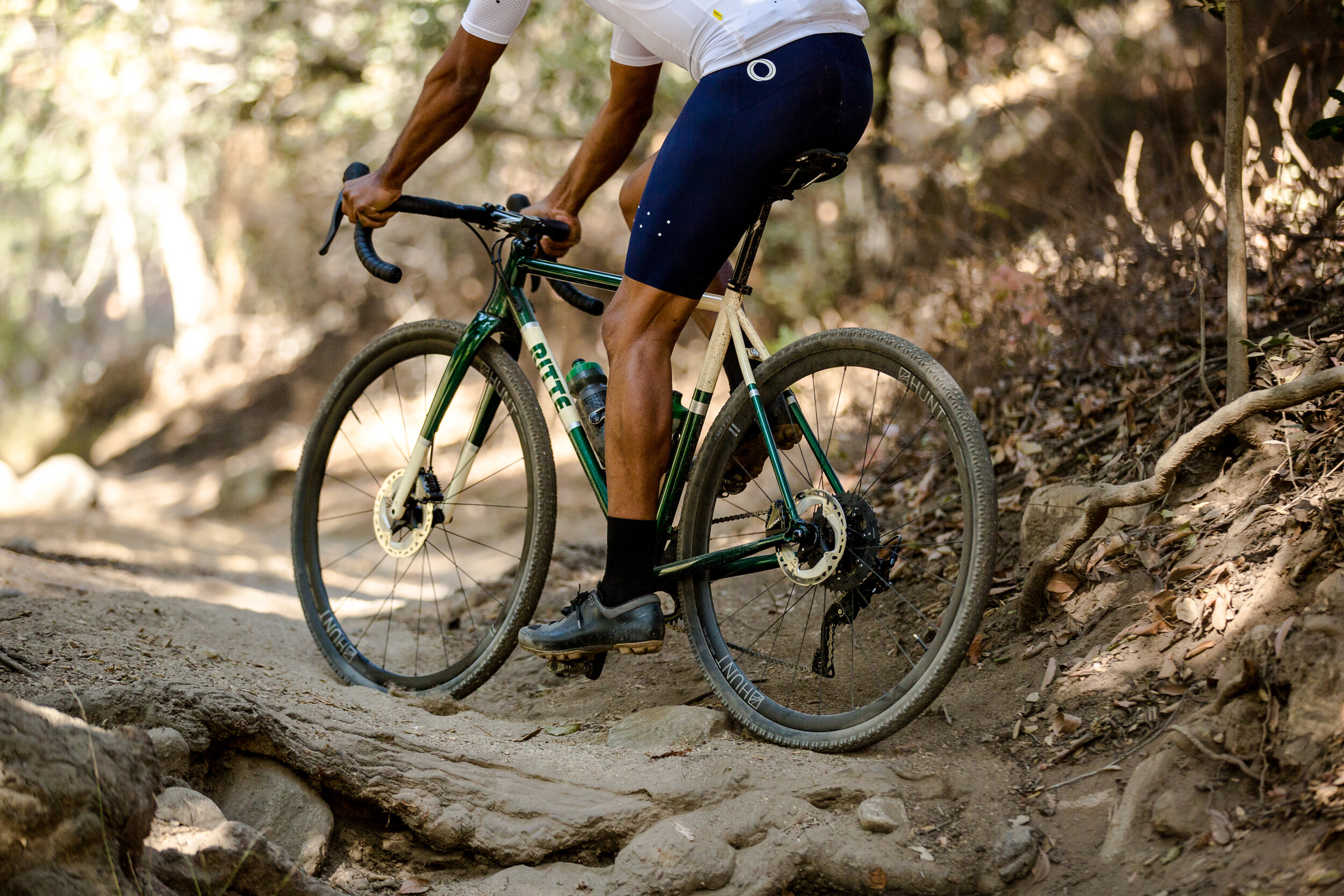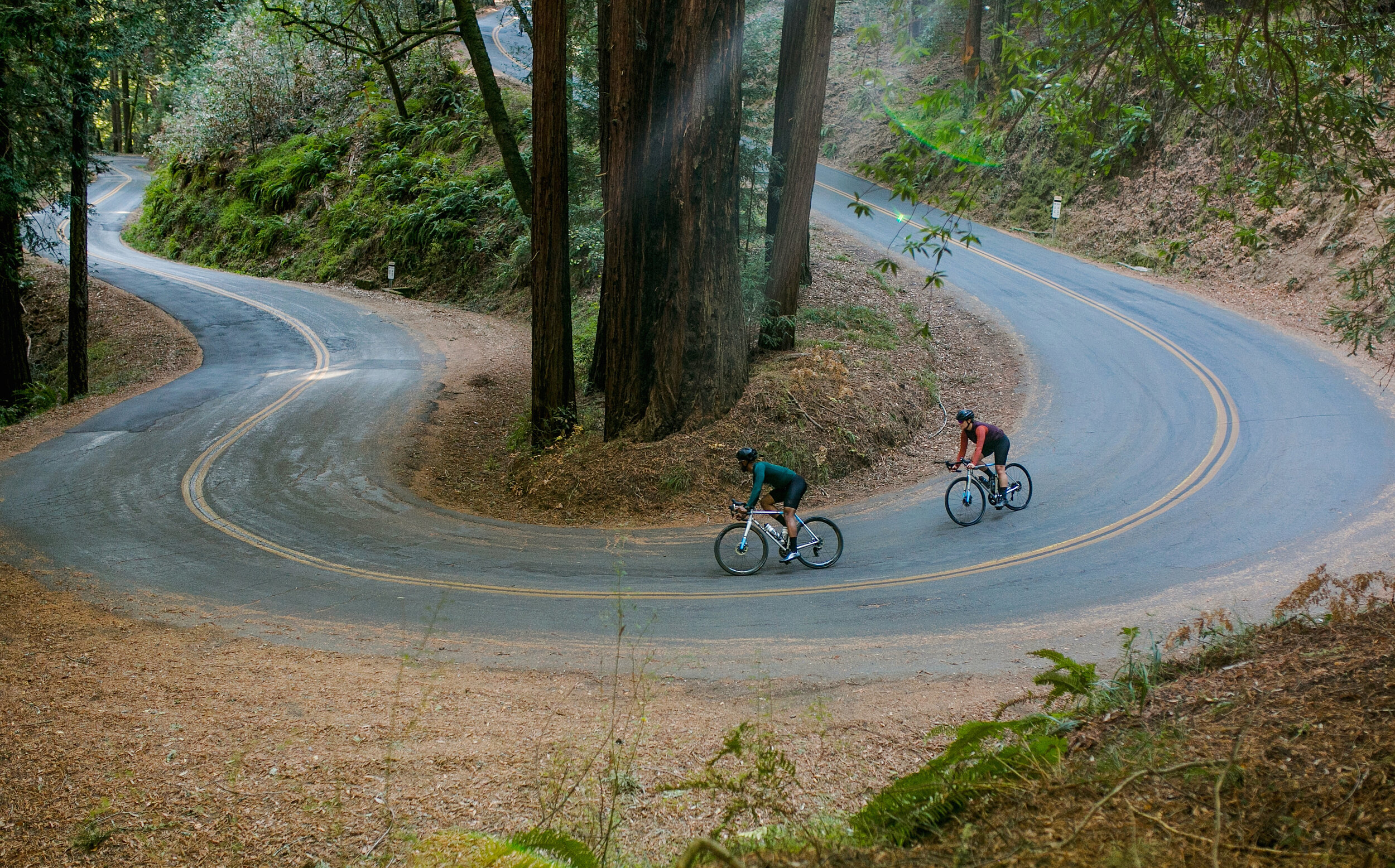When CeramicSpeed revealed a new drivetrain concept in 2018, it was perhaps (and as much as I love wider, dropped seat-stays and the gravel segment) one of the greatest innovations to hit cycling in the last decade. A very logical one, too.
The company is already all-in on bearings, pulleys and lubes. Why not also eliminate friction at cycling’s most critical contact point? Fifteen months on and with subsequent announcements that it now shifts, partially, Driven is inching beyond concept. Standing in its way of commercialization is perhaps a partner who believes in its viability - a high-end, niche alternative, likely - to groups sold by SRAM, Shimano and Campagnolo.
We talked to Ben Powell - CeramicSpeed’s CMO - about self-lubricating bearings, the future of cycling tech and Driven’s development. As innovation in the industry marches on, your next drivetrain could look, shift and feel very different.
HNH: For people unfamiliar with CS, describe the company and its focus in a couple sentences:
BP: CeramicSpeed is a company born from one man’s desire to make the cycling world faster. Founder and CEO Jacob Csizmadia believed in the performance of hybrid bearings back in the 90’s. To prove their efficiency, he used them in his inline skates and broke the record for most distance covered in 24hrs. Covering over 500km in 1998, on a 400m track created in the local supermarket. I know, crazy, but the foundations for CeramicSpeed were laid. Today, CeramicSpeed designs, develops, tests and assembles by hand, at the company’s headquarters in Holstebro, Denmark, a series of bearing products, racing chains and chain coating, meant to make every cyclist, both amateur and pro, ride faster on road, off-road and track disciplines.
HNH: The bike industry is innovating at an incredibly rapid pace - where do think it is headed? What will be some of the major innovations cyclists can expect in the next few years?
BP: Indeed, the cycling industry is an ever-changing landscape of developments and innovation, both in terms of hard goods and soft goods are present. It makes it a great industry to be a part of, although I do believe cycling to some extent is behind in terms of digital and electronic innovation. E-Bikes are great and all round good for the sport, but when you look at the mechanics of a bicycle, a good example being the drivetrain, true innovation in that area has not been seen for many, many years. We see a lot of evolution of bikes and bike components, but in my opinion, we rarely see true innovation.
Zwift is a great example of modern innovation and disruption, using digital tools and a digital mindset. I think if bike and component companies adopted this more (and the UCI eased up their approach to innovation and development), cycling as a sport could be extremely innovative.
We have noticed a big shift in recent years on drivetrain efficiency. The consumer focus, at least at the high- end is increasing; more pressure is now applied to drivetrain manufacturers to consider friction when it comes to performance parts. One area of innovation focus for us is the transfer of our knowledge of efficiency to off-road. Not necessarily only by means of friction savings but performance improvement on the whole, whether it be drivetrain efficiency, wear-life of parts. We have our eyes closely following and testing in harsh contamination environments in the industrial world (we have a line of business in industry), this knowledge is soon enough going to help us play a key role in the performance and efficiency parts for cycling. One product that we are very close with is maintenance free SLT bearings (Solid Lube Technology), a self-lubricating bearing that’s extremely difficult for contamination to penetrate and destroy the bearing.
Compare the innovation of the Driven drive train to other major advancements in cycling technology. Historically speaking, to what do you think it compares?
BP: That’s a great question. There’s a couple that spring to mind. The Safety Bicycle is an innovation that we can safely (no pun intended) say enabled us to evolve to where we are today with the way a bike looks. Driven can not only change bicycle design but component design and engineering thinking - just as the Safety Bike did back in the 1880’s. Also, as significant as the introduction of the derailleur was back in the Tour de France in 1937, I would say Driven’s removal of derailleur’s is equal in significance.


